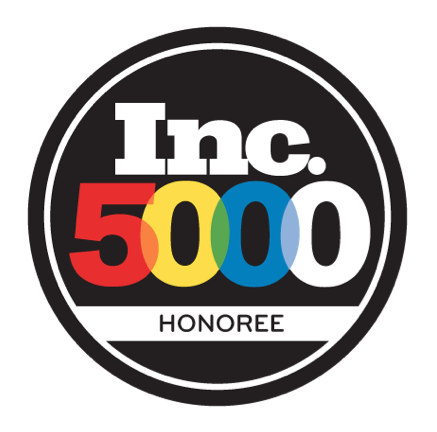
You’ve landed an interview for your dream job. While you may need to rehearse your answers to interview questions and brush up on your knowledge of the potential employer, you must also make one crucial decision: What to wear?!
You may have heard the traditional advice to only wear black or navy to a job interview, but times have changed. In fact, there are very few hard and fast rules. “Black, navy, or gray are often ‘safe’ colors, but if that’s not who you are at work, it’s a lie to dress like someone you’re not,” says Darcy Eikenberg, executive coach, founder of Red Cape Revolution and author of Bring Your Superpowers to Work: Your Guide to More Clarity, Confidence and Control. “Rather than sticking with safe colors, you should always wear something that fits you well, that you’re comfortable in, and that reflects your natural style and personality.”
While a navy suit may not be the best fit for every job interview, selecting your outfit—and its color—is still an important decision. But how do you present yourself professionally while keeping true to who you are? When determining what to wear to your next job interview, consider these 5 tips to dress for success:
1. Keep it Personal: Your entire job search should be about you—knowing who you are, what you have to offer, and how you want to be seen by others. Planning your interview outfit is an extension of this process. “Color can be a great way to communicate your personality, or it can be distracting if it seems out of place,” Eikenberg says. “Think about who you are and how you want to be seen at this new company.”
While the specific colors you choose may not be the most important thing, Eikenberg recommends choosing them carefully. “If your clothes are more neutral, you might add a touch of color in your tie, a piece of jewelry, or even shoes if it feels like that communicates who you are,” she says. “But when in doubt, leave it out. You want them to notice you, not your clothes.”
2. Consider the Company: It’s important that you present your true self in a job interview, but you should also think carefully about the needs and preferences of the employer. Try to find common ground: What kind of image works for you personally, but would also make the interviewer realize that you may be a fit within the company? Keep in mind that if your style doesn’t mesh with the style of the organization, the job may not be a good fit for you.
If you know people who work at the company, start by asking them what types of clothing and colors are appropriate. “If you live near the company, drive by the parking lot and take a glimpse at what employees are wearing,” Eikenberg suggests. “You can also ask your recruiter about the dress code and get specific advice.” Plus, don’t forget to check out the office photos of a company, shared by employees, on Glassdoor to see what the company culture, its people and the work environment look and feel like – This will give you some great added perspective.
If everyone in the company wears black, navy or gray, it’s probably best to stick with conservative clothing. But if the job opportunity would require you to show a sense of style, creativity, or fashion, choose your clothes to send a unique message. “A more colorful palette may be just right in a startup, but out of place in an investment bank,” Eikenberg says.
3. Plan a Dress Rehearsal: Don’t wait until the morning of your interview to make sure your clothes fit and match. Eikenberg recommends trying on your entire outfit, including shoes and accessories, several days before the interview. “Walk around,” she says. “Sit down. Ask a family member or friend to look you over. There’s nothing worse than rushing out the door and realizing that you have a button loose, a spot on your favorite button-down, or your skirt’s too short to sit without fidgeting.”
4. Consider the Effects of Video. If you’re preparing for a Skype interview or any other type of video interview, which is increasingly common, realize that certain patterns and colors will create a better video presentation. “Be wary of patterned clothes,” Eikenberg says. “Patterned shirts and jackets create blurry lines on video; instead, stick with clean, solid lines on your upper body.” For video, you’ll also want to be careful of similar colors as your skin tone as it can wash you out.
To get ideas, pay attention to what your local news team wears on TV, Eikenberg says. You’ll likely notice classic clothing that is often colorful, but rarely busy.
5. Don’t Overstress Your Outfit. While answering the “what to wear” question is certainly crucial for your upcoming interview, don’t spend too much time focused on your clothing, as you don’t want to procrastinate on preparing for the actual interview itself. Your clothing needs attention, “but it’s just one of the many things you want to do in advance of an interview,” Eikenberg says. “It might seem easier to go shopping than to call a colleague who used to work at the company and ask more about the job and company, but the latter will increase your chances of getting a job offer.”
Original article can found here.







